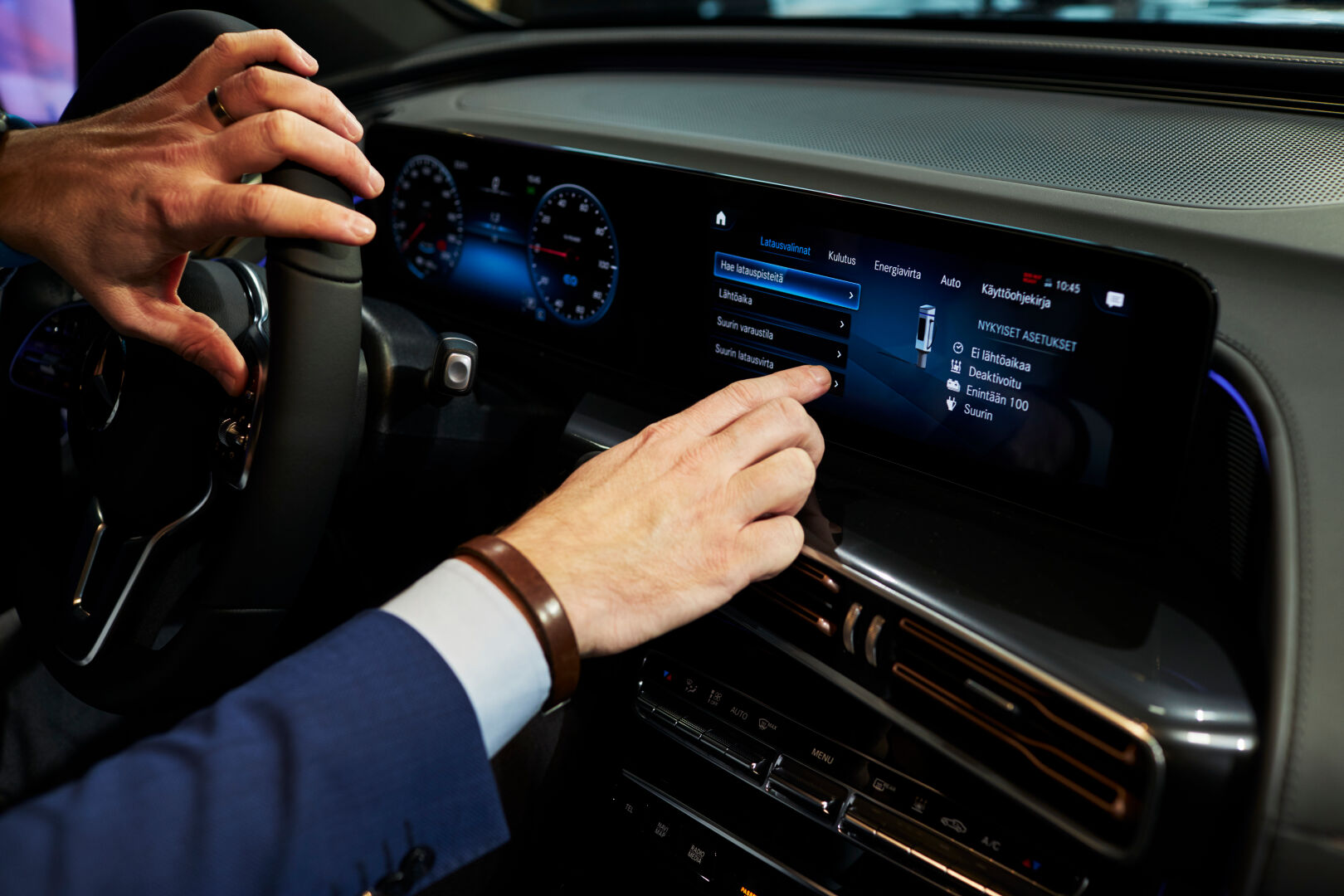

The car trade, used to traditional operating models, is in a state of deep change. As a result of megatrends such as service consolidation and digitalisation, as well as changes in consumer habits, major changes are introduced to the entire automotive sector.
"Today, when a deal is made at a Veho store, what we deliver to the customer is ultimately something very physical and tangible. This may not necessarily be the case in the future. Digital content, for example, may come alongside the physical merchandise, the cars," says Aki Karhu, ICT Director at Veho.
From an IT perspective, this means that new systems will emerge, old systems will be updated, and all systems will have to talk to each other. Digitising Veho services means ensuring that new functionalities, technologies, and interfaces can be added seamlessly.
"First steps have already been taken and investments made to ensure that the systems used by Veho are better integrated with the rest of the world. We have also taken steps to improve the management of customer data," says Karhu.
Tuomas Manninen, Director of Customer Experience at Veho, agrees with Karhu: For Veho to continue to do good business, new drivers in the field need to be closely monitored.
"As the ways of doing business and buying become more digital, and expectations of services change, Veho must also keep pace with developments. Preferably a little ahead of the game," Manninen says.
All development must hinge on customer needs. In a fast-moving digital world, the needs can be either existing and readily identifiable, or a latent, weak signals, lingering just below the visible surface.
"Strong customer insight relies on doing solid research on customer behaviour and needs and, above all, on being constantly alert to customer signals, in the best case, in partnership with customers. It would be self-delusional to insist Veho alone possess that kind of wisdom," says Manninen.
Not all development at Veho is about ones and zeros. Manninen points out that designing the five-star customer experience should not be seen as a way to phase out human interactions. Developing services that are genuinely customer-centric is a more sophisticated process.
"At the heart of our strategy is to continue to be people-centric and personalised. For some, handing over a car may be a low-key, low-profile affair and that's where electronic and automated channels work best. But for others, car handover can be a big event, in which case, for example, a fancy restaurant dinner with the turning over of keys and documents can make the best and most lasting impression."
In summary, the five-star customer experience not only hinges on digital progress but also on intensifying human encounters.
"A five-star customer experience is not an either-or. It is about taking the full view, person to person," Manninen concludes.